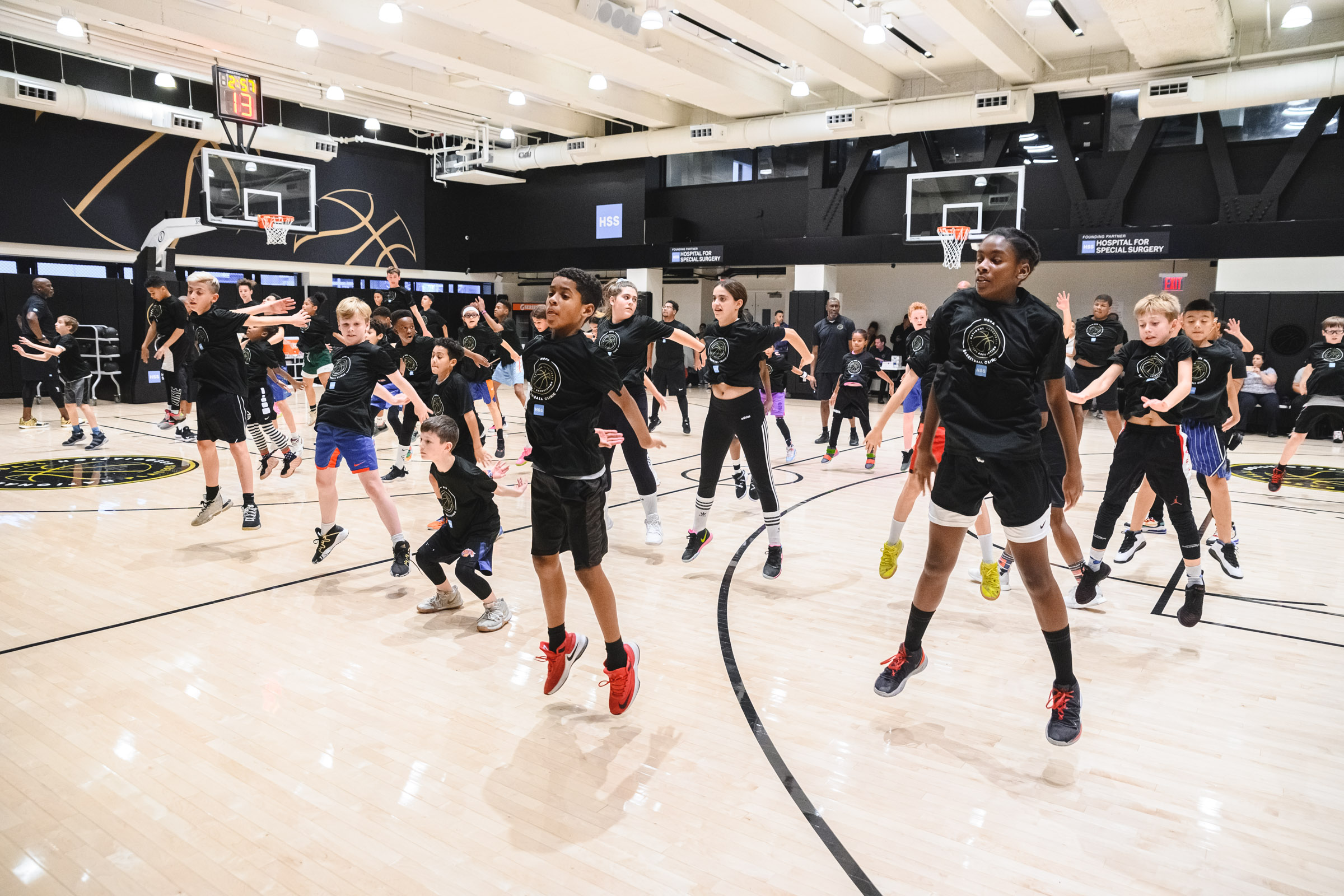Overuse Injuries/Apophysitis
The last of the most common youth basketball injuries is Apophysitis. Apophysitis is irritation and inflammation of the secondary growth plates that occur where tendons or ligaments attach to bone. These often occur from overuse.
Osgood-Schlatter Disease occurs where the patella tendon attaches to the apophysis of the tibial tuberosity. Repetitive knee flexion, running, or jumping causes the patella tendon to put tension on the growth plate. It results in pain and swelling just below the kneecap (patella). In extreme cases if left untreated, the tendon can cause a fracture through the growth plate pulling the bone away. This may require surgery. Treatment for OSD is rest and rehab.
Sever’s Disease occurs when the Achilles tendon and plantar fascia pull in opposite directions on the calcaneal apophysitis (heel bone). Athletes usually present with heel pain after or during activity and can cause them to limp. Treatment is again rest. Soft heel cups may also be helpful.
Patellofemoral syndrome is irritation behind the knee cap and may be caused when the kneecap doesn’t track properly. It presents with anterior knee pain during and after activity especially jumping, running, or activities that involve knee flexion. The main treatment is physical therapy to work of quad, hip, and core strength. Period of rest may be necessary as well.
Other overuse injuries can involve other growth plates, shin splints, and stress fractures. The best way to treat is to prevent these injuries by taking adequate periods of rest. Overuse injuries have increased as we have seen an increase in early sports specialization with young kids focusing only on one sport. This has been demonstrated to increase injuries and, in most sports, does not improve performance. NBA studies have shown that in basketball players 14-18 years of age on-court time (practice and games) of greater than 16 hours per week was associated with an increased risk of injury. The NBA and USA Basketball currently recommend the following guidelines for youth basketball.
Recommended participation guidelines
| Age (years) or grade | Game length (min) | No. of games per week | Practice length (min) | No. of practices per week |
| Ages 7–8 | 20–28 | 1 | 30–60 | 1 |
| Ages 9–11 | 24–32 | 1–2 | 45–75 | 2 |
| Ages 12–14 | 28–32 | 2 | 60–90 | 2–4 |
| Grades 9–12 | 32–40 | 2–3 | 90–120 | 3–4 |
Maximum participation guidelines
| Age (years) or grade | No. of games per day | No. of hours per week in organized basketball |
| Ages 7–8 | 1 | 3 |
| Ages 9–11 | 2 | 5 |
| Ages 12–14 | 2 | 10 |
| Grades 9–12 | 2 | 14 |
Rest guidelines
| Age (years) or grade | Minimum no. of rest days per week | Maximum months per year in organized basketball | Recommended hours of sleep per night |
| Ages 7–8 | 2 | 4 | 9–12 |
| Ages 9–11 | 2 | 5 | 9–12 |
| Ages 12–14 | 1 | 7 | 8–10 |
| Grades 9–12 | 1 | 9–10 | 8–10 |

